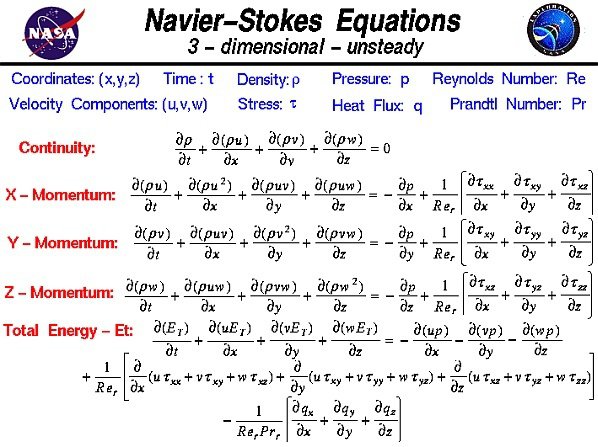
Why PINNs are cool
PINNs are physics informed Neural Networks, but they are really about differential equations. They are like hash functions in that they give us the right answer most of the time, but sometimes have collisions. Basically they are a way to approximate the solution to a complex PDE by using Neural Networks. You take your differential equations and you treat them as the loss function for your model. i.e f'(x) + f''(x) = 0, where f is what we are solving for. Then we treat f(x) as our neural network. This works since we can express our equation as a graph and auto grad allows us to compute multiple derivatives which can be incorporated into our loss calculation. While it might seem like over kill to use a Neural Network to approximate this specific function, in 3D simulations solving these diffeqs becomes much harder. The NN represents a mostly fixed cost compared to our best scaling numerical methods. The navier stokes equations are an example where PINNS work quite well.

Well damn that's a fat system of equations. In the coming weeks I'm going to use this space to talk about PINNS. Why I think they're so cool -- they can be unsupervised??, some issues they have -- how do we even confirm that we got the right answers, and some solutions we have to these issues. Finally I will talk about the really cool potential applications
